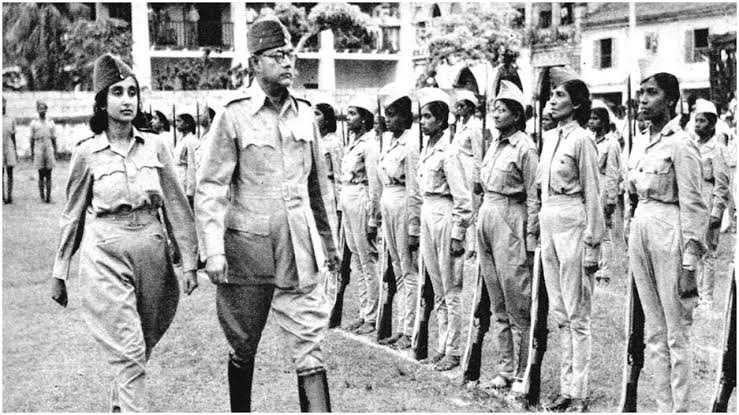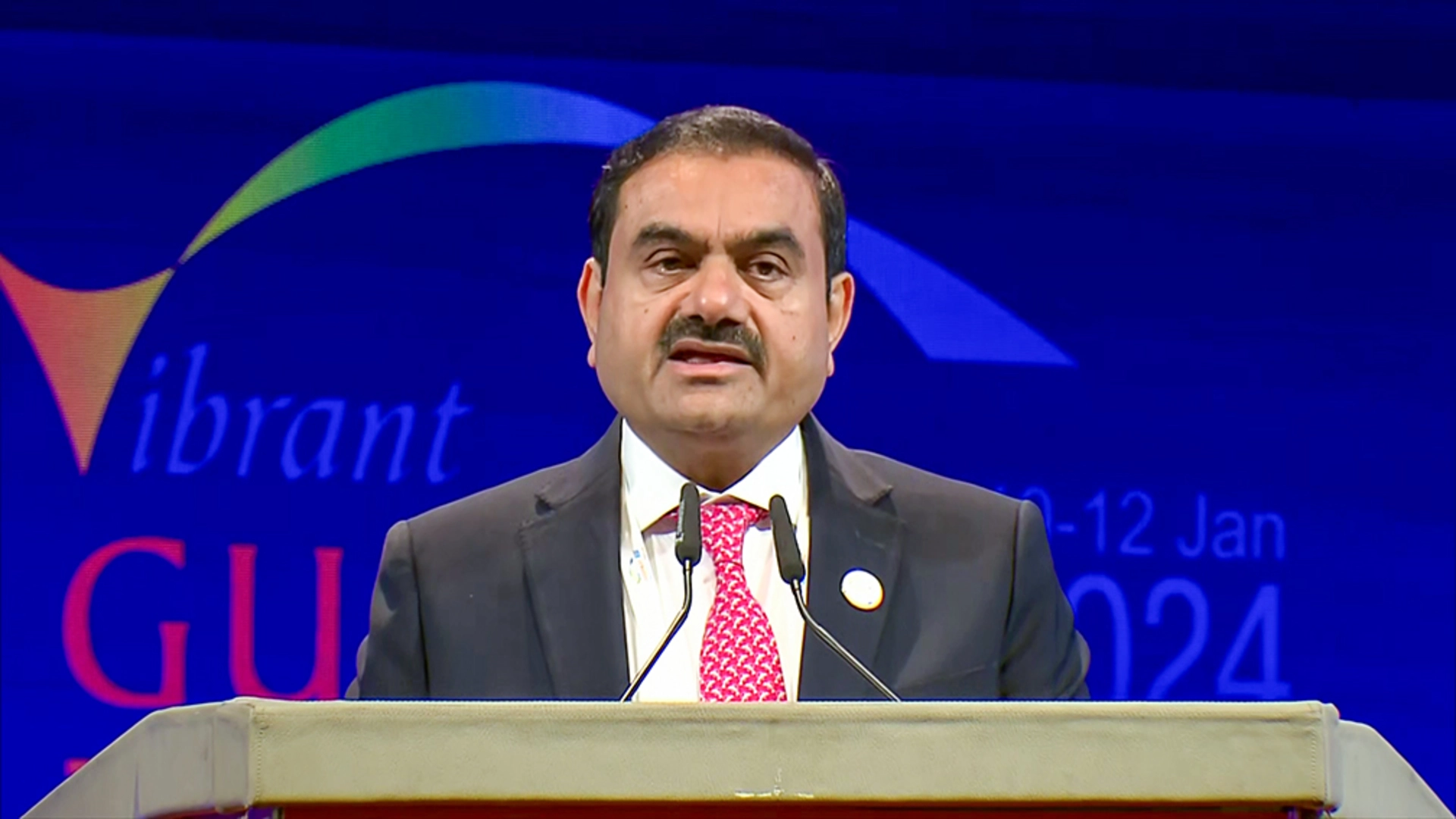
In the path of achieving freedom, there have been several instances that let us hold our heads high. Every day had been a battle to expel the anarchist Britishers. Here is a list of the days that helped make August 15, 1947, happen.
Swadeshi Movement
The British Viceroy, Lord Curzon, with the aim of weakening the unity and curbing the Nationalist movement, devised a scheme to separate Bengal and reorganise the territorial distributions dividing the Hindus and Muslims in 1905. The “Boycott” resolution was adopted at a conference held at the Calcutta Town Hall on August 7, 1905, thus establishing the Swadeshi movement and bringing its previously fragmented leadership under one leadership. A hartal and a day of sorrow were called in Calcutta on October 16, 1905, the day the division came into effect. People observed a fast, and the kitchen hearth was left unlit. Hindus and Muslims tie Rakhis to each other to symbolise unity. It was successful and the partition had to be annulled.
Azad Hind Bharat
On December 30, 1943, Netaji Subhash Chandra Bose hoisted the Indian flag at the Gymkhana ground in Port Blair and declared the island to be independent when the entire nation was clutched under British rule. He further renamed the Andaman and Nicobar Islands as Shaheed and Swaraj to mark the establishment of the Azad Hind Government, which also had its own currency and stamps. Upon raising the Azad Hind flag, Bose, the leader of the Azad Hind Provisional Government, also kept his word that the Indian National Army would be standing on Indian land by the end of 1943.
Champaran Satyagrah
The peasants in the Champaran district of Bihar were made to endure unimaginable hardships when Europeans compelled them to plant indigo, a blue dye. They weren’t paid enough for the indigo, and they couldn’t cultivate the food they needed. Tired of the agony, the peasants turned to Gandhi. As Gandhi’s first Satyagraha movement in India, the Champaran Satyagraha of 1917 is regarded as a pivotal uprising in the history of the Indian Independence Movement.
Civil Disobedience movement
Civil disobedience, also known as passive resistance, is the act of refusing to comply with the requests or orders of a government or occupying power without using force or other aggressive forms of resistance. Its typical goal is to pressure the government or occupying power into making concessions. On April 6, 1930, M.K. Gandhi started the Civil Disobedience Movement by breaking the government’s salt law by picking up a handful of salt after finishing the illustrious “Dandi March” from Sabarmati Ashram to Dandi. He served as the movement’s inspiration and helped to mobilise the population in the liberation battle. Due to the disregard for the salt law, the Civil Disobedience Movement expanded across the nation.
Quit India Movement
August Kranti or the August Movement are other names for the Quit India movement. Mahatma Gandhi began the “do or die” Bharat Chhodo Andolan, often known as the Quit India movement, on August 8, 1942. All of the Congress Working Committee members began to be arrested on August 9 as soon as the movement began. While being placed under house imprisonment, Mahatma Gandhi was brought to Ahmednagar Fort. Approximately 940 persons lost their lives as a result of the British’s harshness during this nonviolent campaign. There were also 1630 injuries. More than 60 000 activists were detained at the same time. However, this movement brought the nation together.















